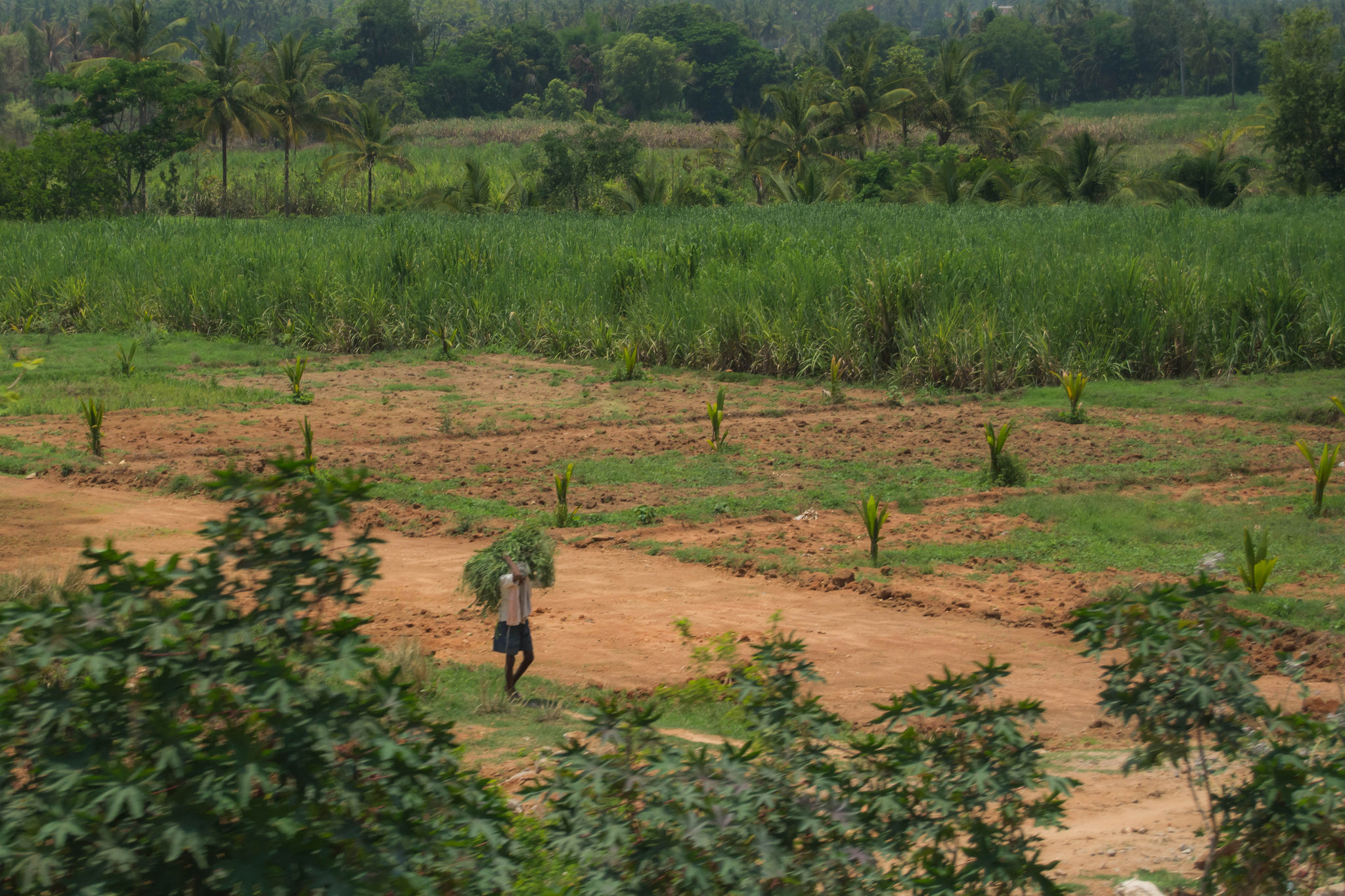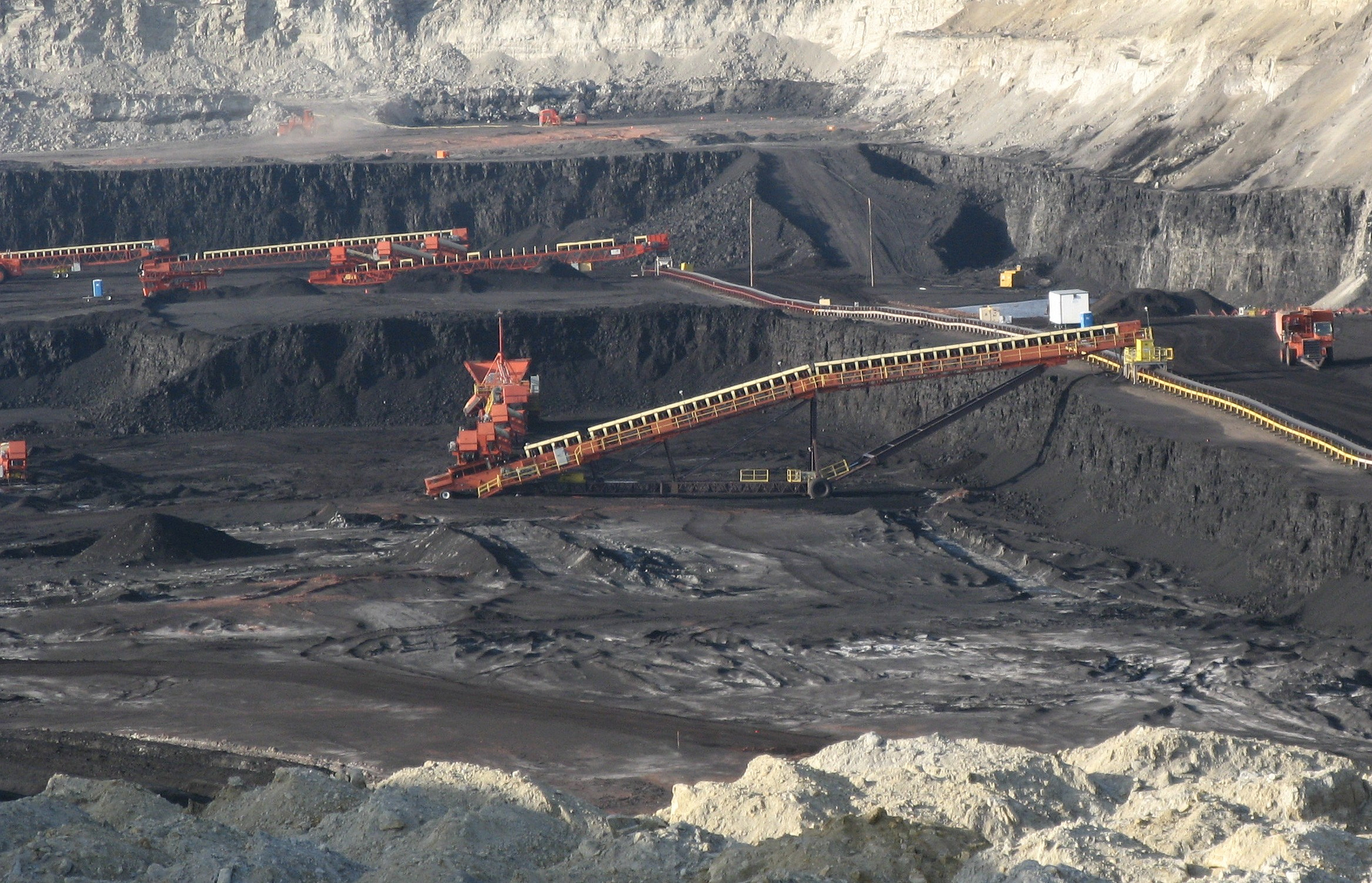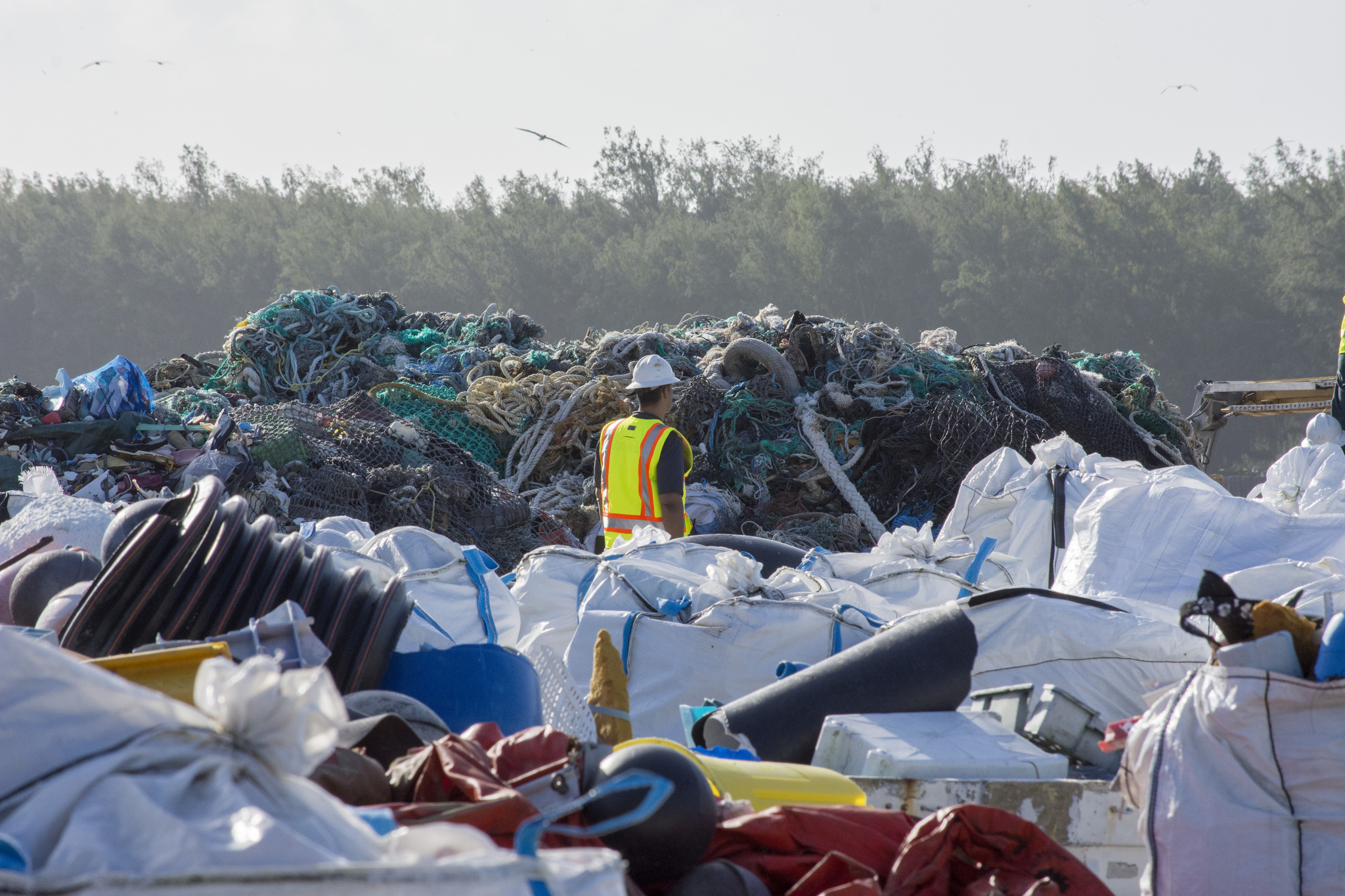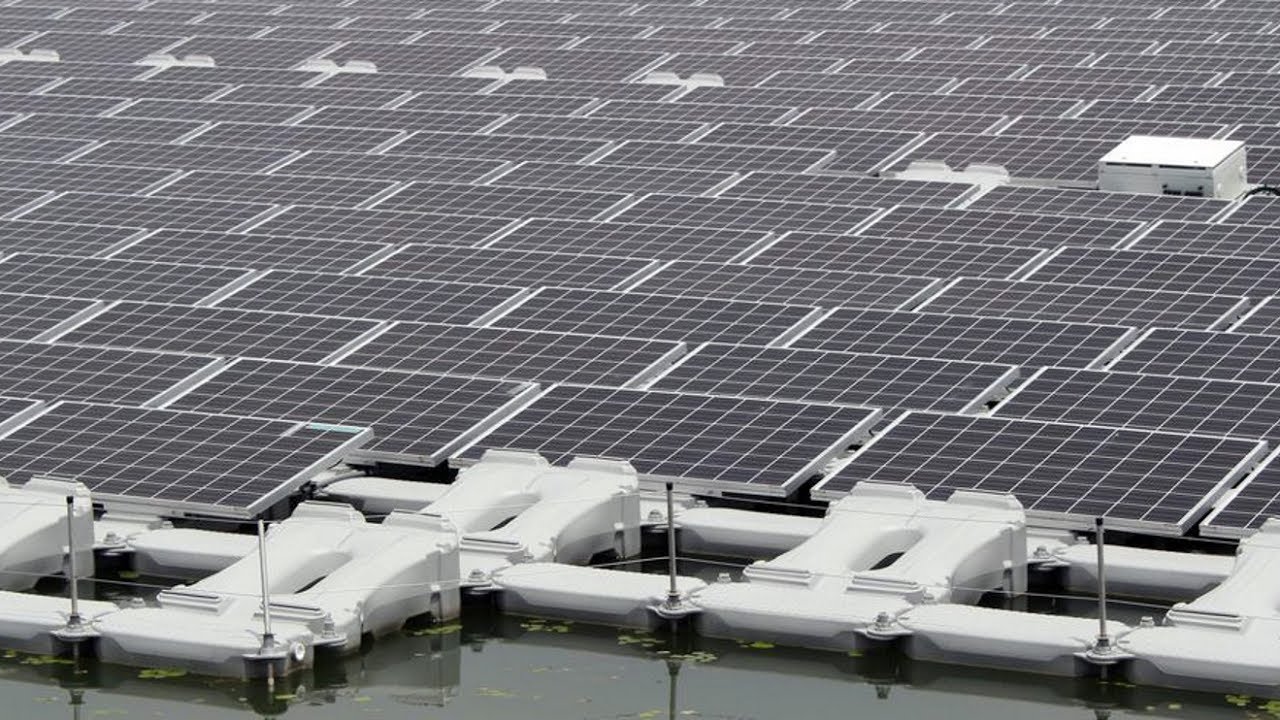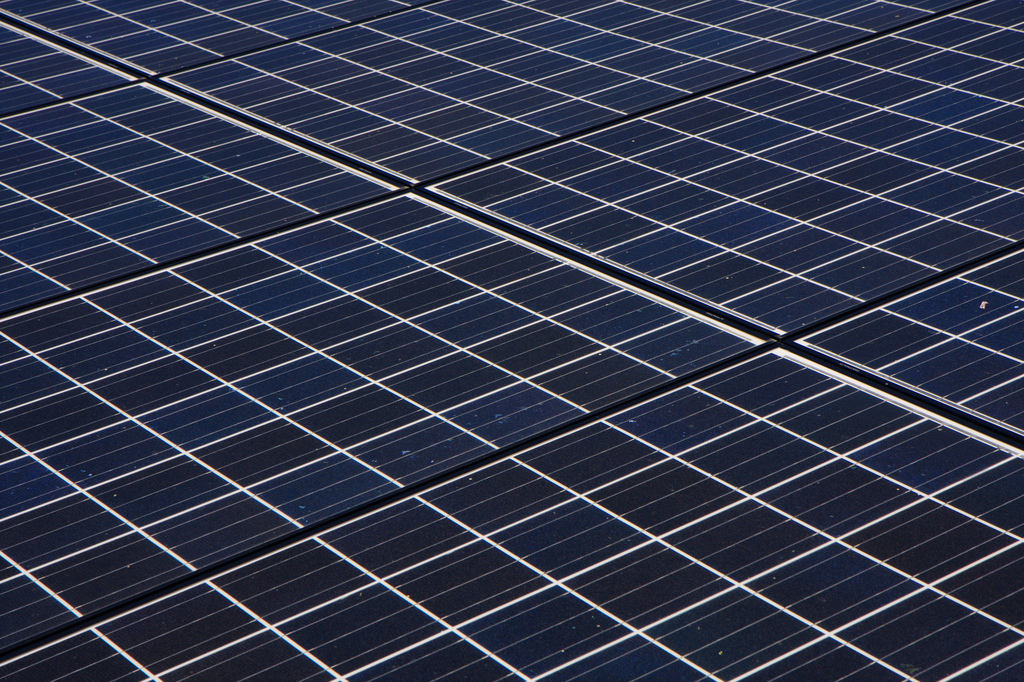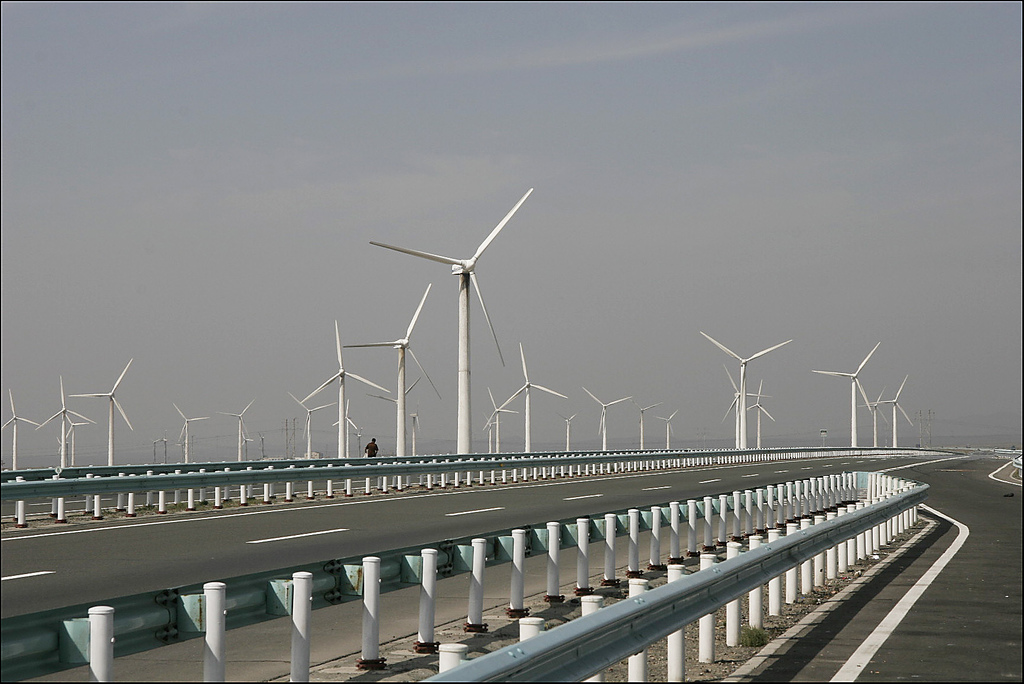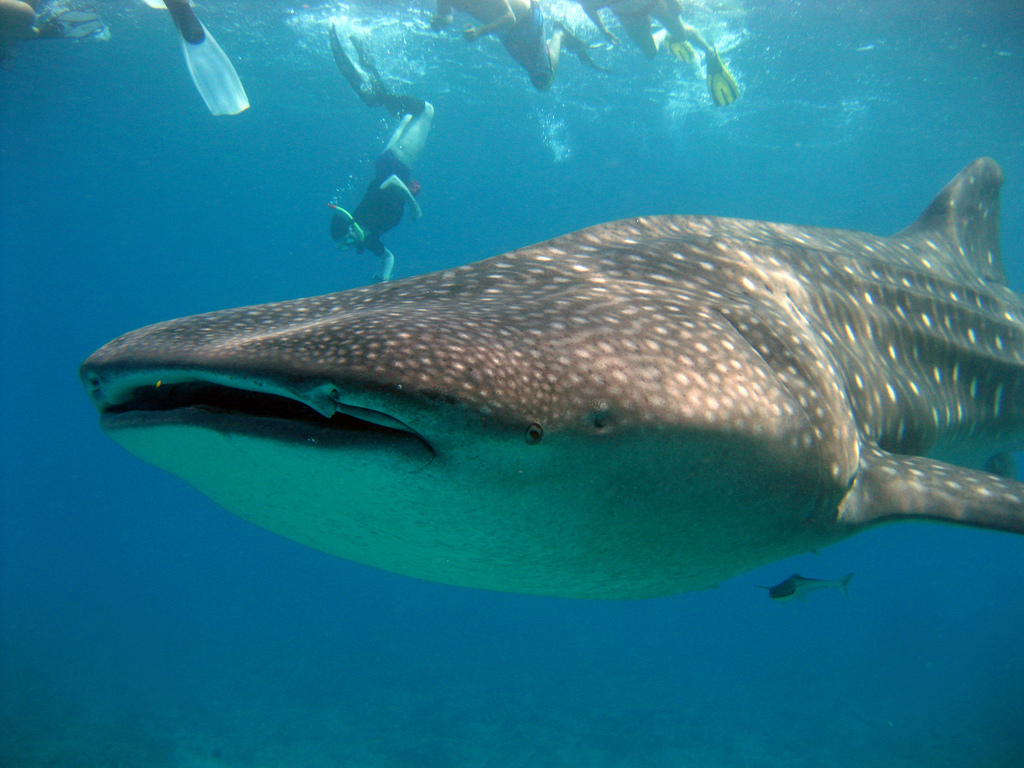china
A Record Drop In Coal Consumption
Global consumption of coal dropped by 1.7% last year. This is a major change considering that it had increased by an average of 1.9% per year from 2005 to 2015. China, which accounts for about half of the coal burned in the world, used 1.6% less in 2016, as compared to an increase of 3.7% per year over the previous 11 years.
Air Pollution And Solar Power
We are well-aware of the negative effects of air pollution on human health and on the environment, but a recent study at Duke University has revealed that global solar energy production is taking a major hit due to air pollution and dust.
A Plastics Promise
It’s estimated that five to thirteen million tons of plastic enters our oceans annually, where much of it can linger for hundreds of years. According to a report by the World Economic Forum and the Ellen MacArthur Foundation, scientists estimate that there is 165 million tons of plastic swirling about in the oceans right now. And we are on pace to have more plastic than fish (by weight) in the world’s oceans by 2050. That’s some scary stuff.
The Largest Floating Solar Power Plant
The world’s largest floating solar power plant is now operational and connected to the electric grid in China. It is a 40-megawatt facility and floats in water 13 to 30 feet deep in a lake that was created by a former mining operation.
China And India Climate Progress
China and India have 36% of the world’s population and produce about 35% of global CO2 emissions, ranking first and third respectively in that category. The United States, with a little over 4% of the world’s population, produces about 16% of global CO2 emissions, good for second place.
India’s Air Pollution
Poor air quality is a major problem worldwide. Exposure to air pollution is linked to the premature deaths of an estimated 6.5 million people every year. This makes air pollution the fourth largest threat to human health, trailing only high blood pressure, dietary risks, and smoking.
Solar Power In China
Installations of solar power continue to increase rapidly around the world and in no place more than China. By the end of 2016, total solar generating capacity in China reached 77.4 gigawatts, making it the largest producer of solar energy in the world. Globally, there is a total of 228 gigawatts of solar power installed, although that number keeps changing rapidly.
Europe’s E-Mobility
With the arrival of the Chevy Bolt and the long waiting list for the forthcoming Tesla 3, there is starting to be some momentum for electric cars in the United States. But we are still well behind Europe in terms of the significant growth of so-called e-mobility.
Coal And Chinese Air
China has worked to reduce its coal consumption in recent years but the air quality in cities like Beijing is still notoriously poor and a major health hazard.
The Success Of SunShot
Back in 2011, utility-scale solar power cost a little over $4 per watt on average. In February of that year, former Energy Secretary Steven Chu announced the SunShot initiative, which had the goal of reducing the total cost of photovoltaic systems by 75% to the target value of $1 a watt by the year 2020.
Tiger Poaching
Last year, tiger poaching in India jumped to its highest levels in 15 years. The spike was the result of killings by gangs of poachers, tigers being snared by locals trying to trap other animals for food, and by cutbacks in anti-poaching efforts because of budget cuts.
Plant Protein On The Rise
The United Nations declared 2016 to be the International Year of Pulses. Pulses, which are also known as grain legumes, are a group of 12 crops that includes dry beans, dry peas, chickpeas and lentils. They are high in protein as well as fiber and various vitamins. Pulse crops are highly sustainable and require much less water than many other food crops. So there is a real effort underway to promote their production as part of improving food security around the world.
Fencing Out People And Animals
The flood of refugees from the Middle East and Africa has prompted governments in the Balkan countries to erect hundreds of miles of border fences. Countries like Slovenia have put up razor-wire security fences to stem the tide of migrants. These border fences are built with little if any consideration of the environmental impacts on wildlife.
China As Climate Leader
China and the United States today produce nearly half of the world’s carbon emissions, so the fight against global climate change depends greatly upon what actions the two countries take. China has undergone a dramatic transformation over the past twenty years from a largely rural society to one that is far more urbanized and far more energy intensive. In 1997, when the Kyoto Protocol on climate was negotiated, China was only responsible for 14% of global CO2 emissions. It then surpassed the US on that front in less than 10 years and now accounts for nearly 30% of the world’s emissions.
Arctic Shipping
The Arctic used to be pretty much a pristine wilderness populated only by fairly small numbers of indigenous residents living environmentally benign lifestyles. The disruptive elements of modern civilization were not much of a factor. Because of the changing climate, this is no longer true.
Pandas No Longer Endangered
Back in June, we reported that the International Union for the Conservation of Nature was reassessing the giant panda’s status as an endangered species. Well, in an update of the IUCN’s Red List of Threatened Species in September, the giant panda was indeed downgraded to “vulnerable.”
Snow Leopards And Humans
Snow leopards are majestic animals native to Central Asia. They roam the region’s rugged terrain, from Afghanistan to Kazakhstan and Russia in the north, and to India and China in the east. Snow leopards are known for their thick white coat of fur with ringed black and brown spots. These markings help camouflage the animals from their prey. But the camouflage does little to protect snow leopards from one of their biggest threats: humans.
A Giant Solar Power Plant In India
In late September, the world’s largest solar power plant went online in the Indian state of Tamil Nadu. It is a 648 MW array of solar panels that is spread across 2,500 acres in the town of Kamuthi and will supply enough energy to power 300,000 homes.
Whale Sharks
Whale sharks are the largest fish in the sea. They can grow more than 40 feet in length, weigh up to 47,000 lbs, and have a lifespan of about 70 years. They can be found cruising in the open waters of tropical oceans. But despite being enormous, whale sharks are no threat to humans. The docile beasts, which feed almost exclusively on plankton, have often been referred to as “gentle giants.”
